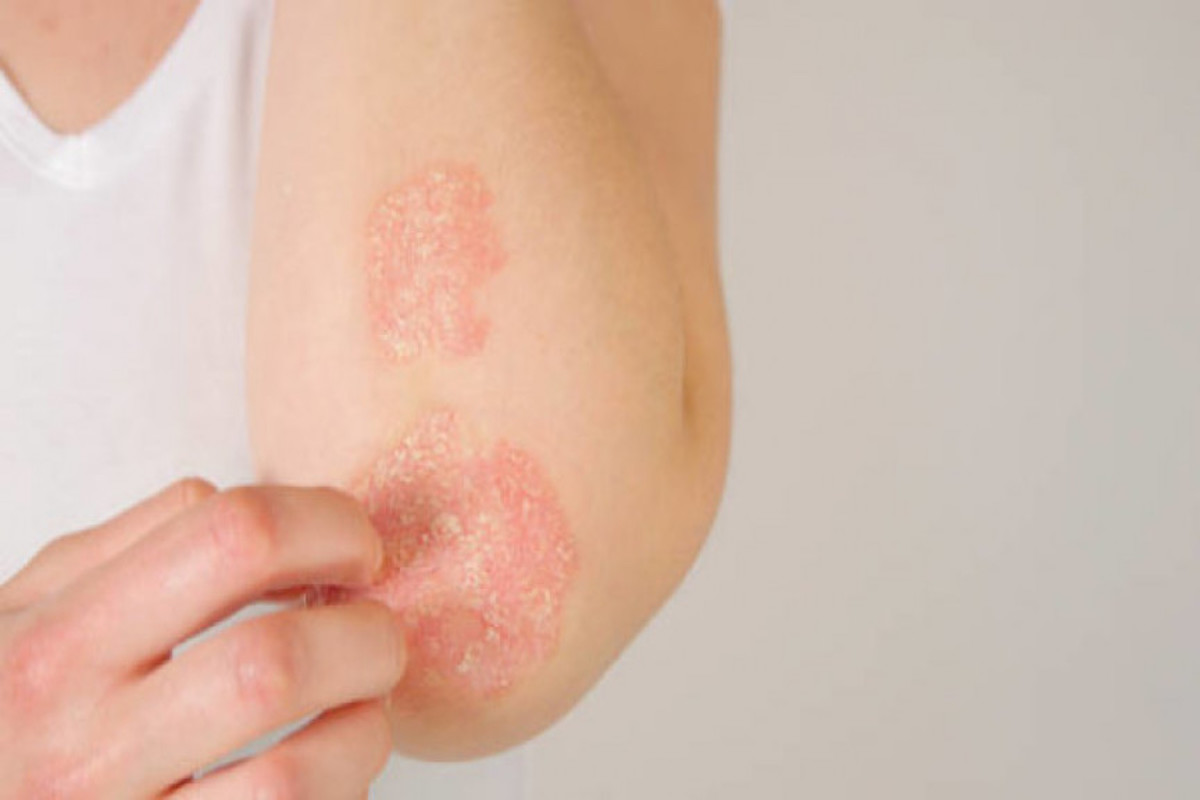(Undiagnosed) plaque psoriasis can lead to various complications. One potential complication is psoriatic arthritis, which causes joint pain and swelling. The visible symptoms of plaque psoriasis can also take a toll on a person’s emotional well-being, potentially leading to depression, anxiety, and social isolation. Additionally, psoriasis has been associated with a higher risk of cardiovascular diseases such as heart disease and stroke. Obesity and metabolic syndrome, including conditions like diabetes and high cholesterol, are more prevalent among individuals with psoriasis.

Symptoms of Plaque Psoriasis
Plaque psoriasis may be influenced by factors such as light skin, alcohol consumption, or tobacco use. The main concern is understanding the appearance and common symptoms of this skin disorder. Plaque psoriasis presents several symptoms on the skin, including red, raised patches covered in silvery-white scales, itching or pain in affected areas, dry and cracked skin that may bleed, thickened or pitted nails, discomfort or burning sensations in the patches, and occasionally stiffness, swelling, or joint pain (if psoriatic arthritis is present). Symptoms can vary in severity and extent from person to person. Plaque psoriasis usually affects certain parts of the body more commonly. These include:
- Elbows: red and scaly patches often appear on the outer and inner sides of the elbows.
- Knees: the front and back of the knees can develop patches of psoriasis.
- Scalp: psoriasis can cause itchy and flaky patches on the scalp.
- Lower back: the lower back area may have patches of psoriasis.
- Hands & Feet: psoriasis can affect the palms of the hands and soles of the feet, causing scaling, cracking, and discomfort.
- Nails: psoriasis can cause changes in the nails, such as small dents, discoloration, thickening, or separation from the nail bed.
- Other areas: psoriasis can occur on other body parts too, like the chest, face, genitals, and even inside the mouth.
Treatment Options for Plaque Psoriasis
There is no complete cure for plaque psoriasis, meaning no treatment or medicine can permanently eliminate it. Nevertheless, available treatments can help manage and improve symptoms. These treatments aim to control symptoms like redness and itching while slowing down skin cell growth. Collaborating with a doctor is essential to find the most suitable treatment for you. Although extended periods without symptoms are possible with proper care, the condition can recur. Some possible treatment options include:
- Topical treatments: These are applied directly to the skin and include creams, ointments, or gels containing corticosteroids, vitamin D analogs, retinoids, or calcineurin inhibitors. They help reduce inflammation, relieve itching, and slow down skin cell growth.
- Phototherapy: This treatment involves exposing the affected skin to controlled amounts of natural or artificial ultraviolet (UV) light. It can help reduce inflammation and slow down skin cell growth.
- Systemic medications: For severe cases, oral or injectable medications may be prescribed to target the immune system and reduce inflammation. These include retinoids, methotrexate, cyclosporine, or newer biologic drugs.
- Combination therapy: Also, a combination of treatments is used to enhance effectiveness and minimize side effects.
- Lifestyle & self-care: Last but definitely not least, taking good care of the skin, avoiding triggers, using moisturizers, avoiding stress, and maintaining a healthy lifestyle can help manage symptoms and reduce flare-ups.
Treating psoriasis is different for each person and depends on the type and how severe it is. It’s important to work with a healthcare provider to create a treatment plan that works best for you and your symptoms. Need information about this condition, possible treatment options, or do your symptoms not match those listed above? Then search further here quickly:

